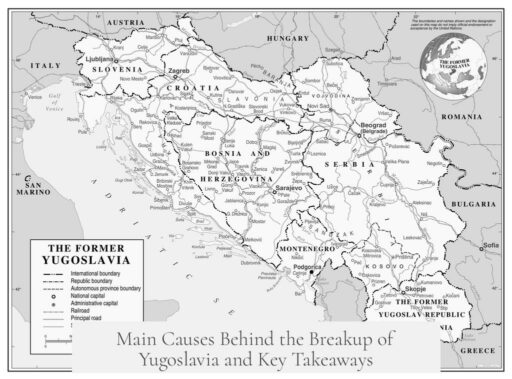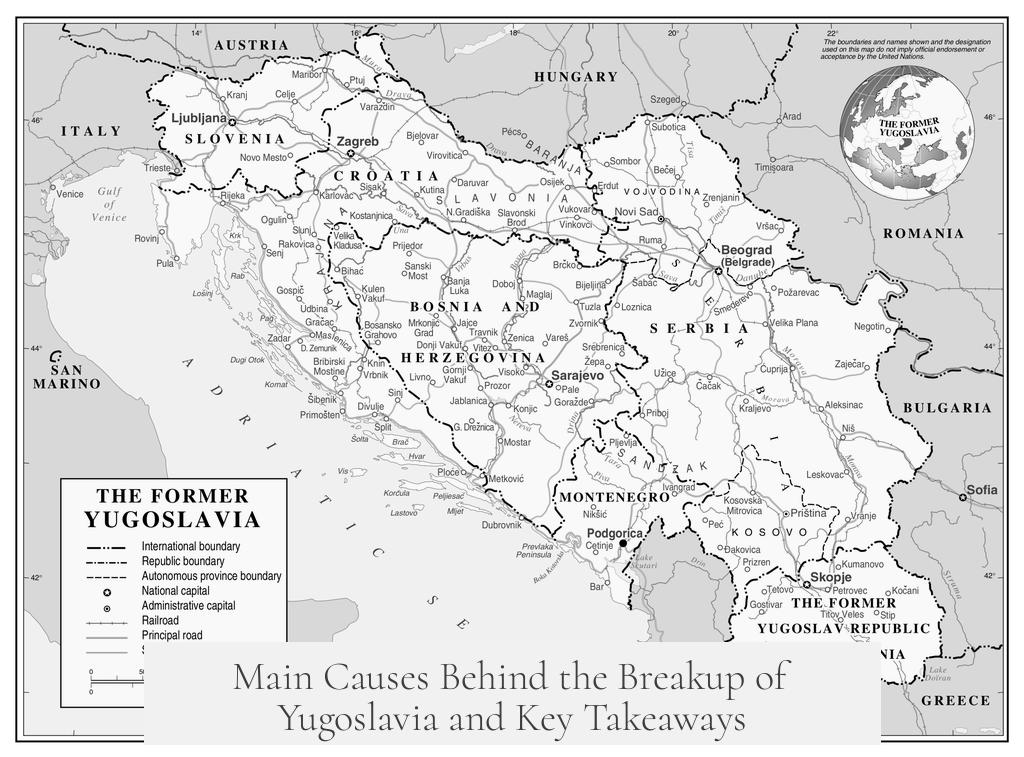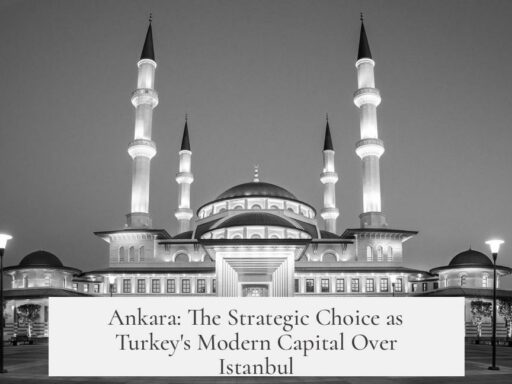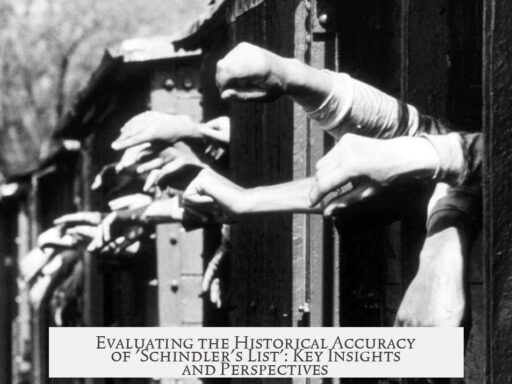The main causes of the breakup of Yugoslavia were a combination of pre-existing ethnic tensions that were exploited by political elites, the weakening of ideology and institutions that held the federation together, economic disparities between republics, political power struggles, external global influences, and IMF-imposed economic austerity.
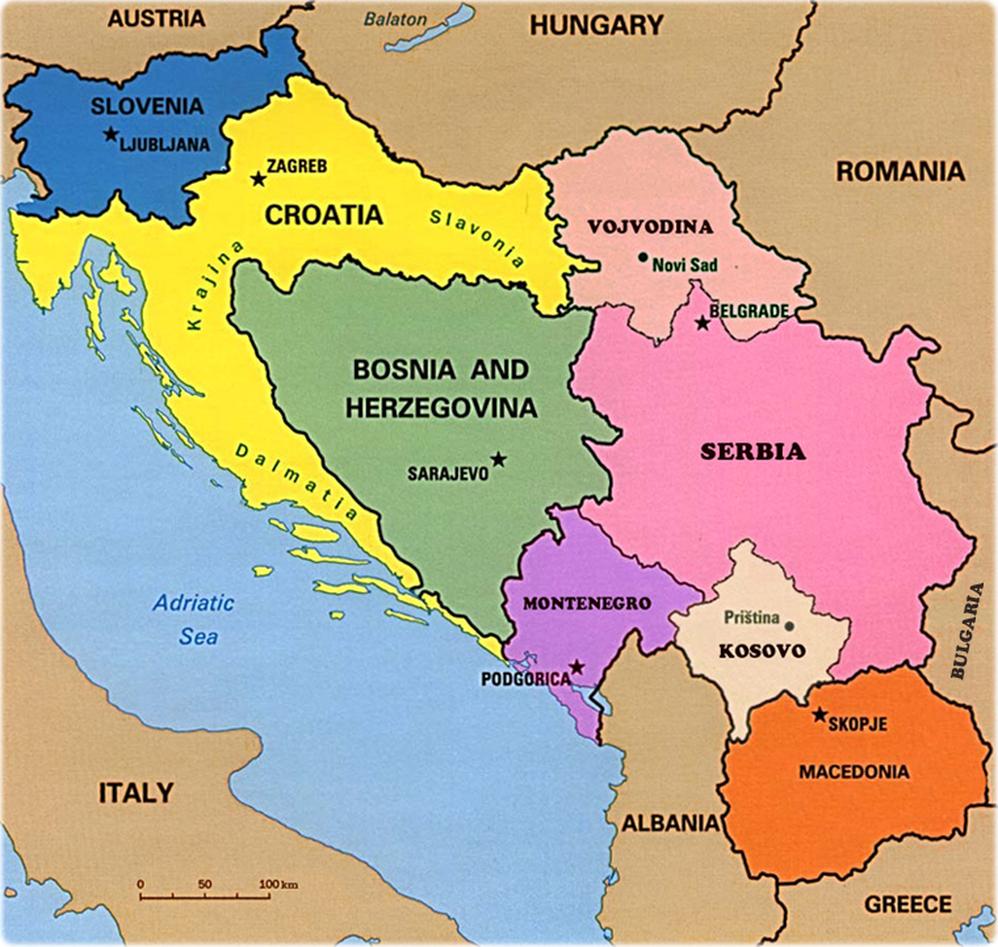
Yugoslavia had long-standing ethnic tensions, but these conflicts were not the original cause of its disintegration. Instead, tensions intensified during the conflicts that followed, creating seemingly irreparable divides. Local political leaders exploited ethnic nationalism to mobilize support, turning dormant tensions into active conflict.
Throughout much of Yugoslavia’s socialist period, the country depended on several stable pillars: the ideology of socialist brotherhood and unity, the centralized Communist Party, the federal army, and the leadership of Josip Broz Tito. Tito’s authority helped bridge ethnic divisions and keep the federation intact. By the 1974 Constitution, Yugoslavia became highly federalized, making republics more autonomous but still connected under these institutions.
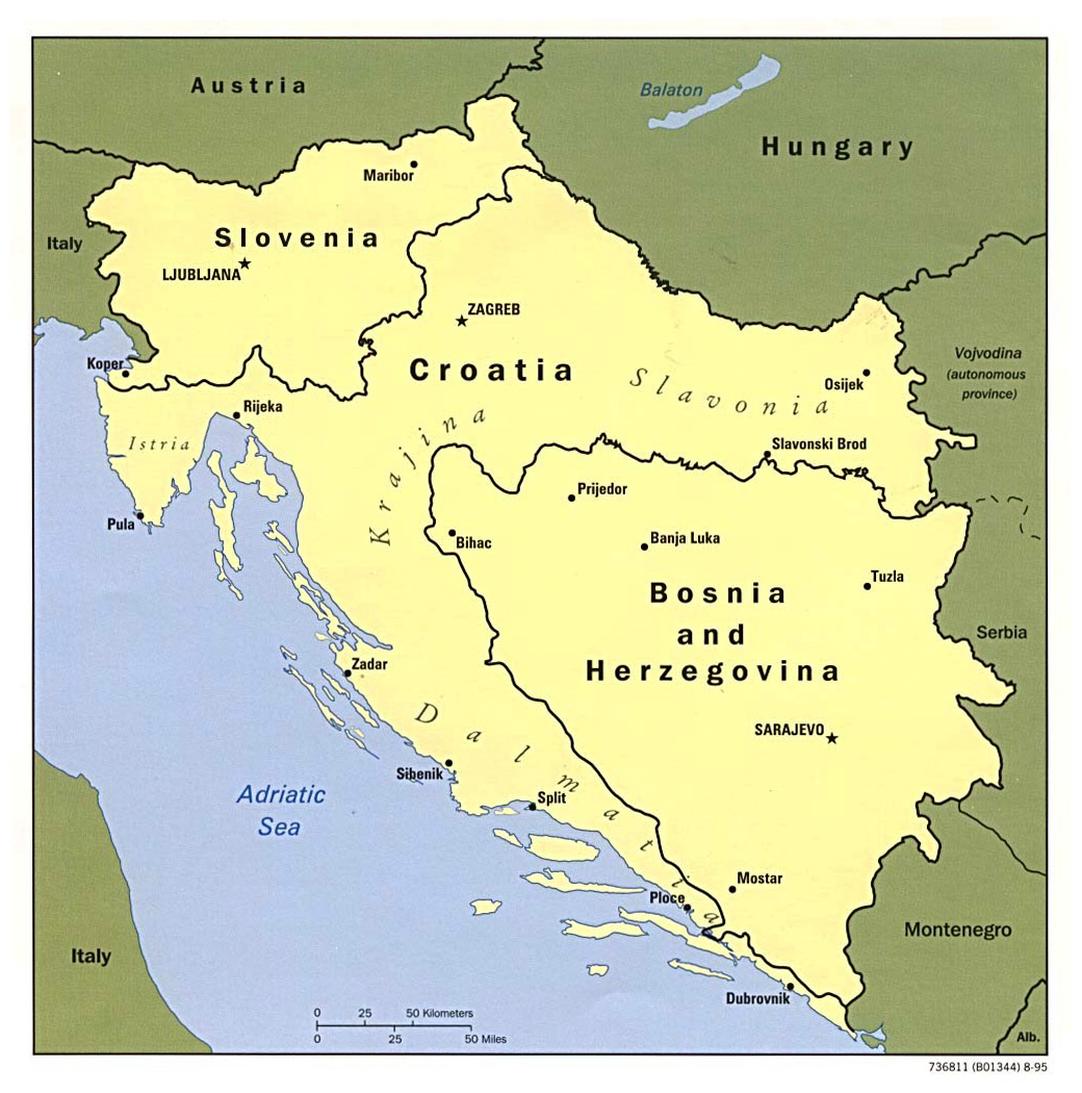
However, during the 1980s the ideological foundation started eroding worldwide. Tito’s passive approach in the late 1970s and his death in 1980 created leadership vacuum. The Communist Party’s influence declined, socialism lost appeal, and nationalist sentiments gained ground. The army remained formalized but lacked a unifying state structure to protect.
Economic imbalances added pressure. Slovenia, with only 8% of Yugoslavia’s population, contributed around 30% of exports and was among the wealthier republics. Kosovo and Macedonia, with a similar population share, contributed only 4% and 1%, respectively. Wealth and quality of life varied greatly. In 1990, Serbian leader Slobodan Milosevic seized control of half the federal funds to pay bonuses for federal workers within Serbia. This angered wealthier republics like Slovenia, prompting it to exit the federal fiscal system and declare independence soon after.
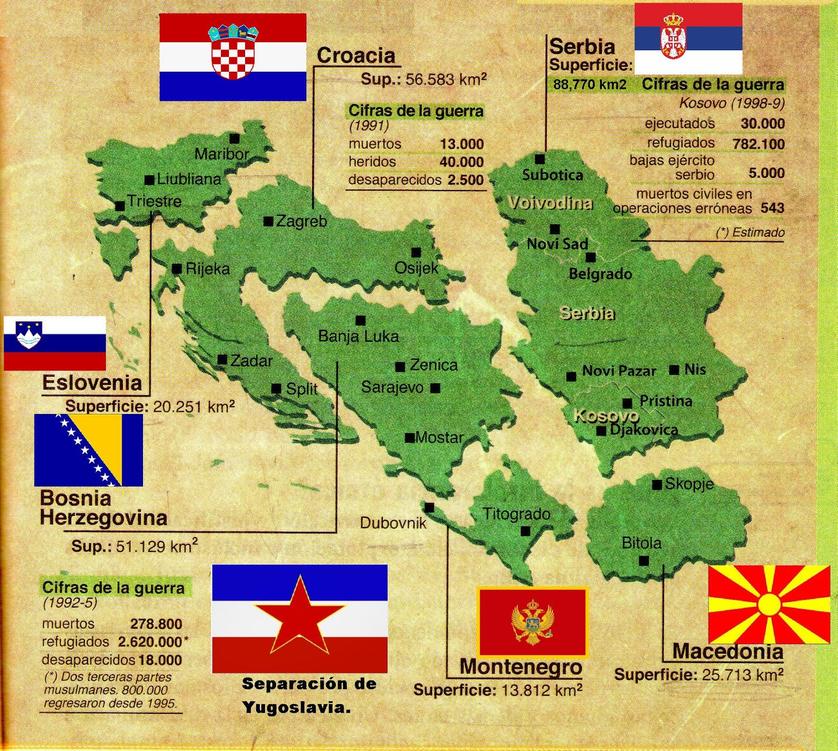
Political maneuvering significantly accelerated the collapse. After violent protests in Kosovo, its assembly was dissolved and governance passed to Belgrade, creating resentment. Milosevic’s aggressive tactics to consolidate Serbian power further destabilized the federation. Other politicians often avoided direct confrontation with Milosevic, allowing him to dominate the political landscape. He consistently failed many broader political goals but succeeded in maintaining power by controlling the state apparatus.
Externally, global changes played a critical role. The late 1980s and early 1990s saw the decline of communism across Eastern Europe. Movements like Poland’s Solidarity challenged communist domination. Mikhail Gorbachev’s reforms of perestroika and glasnost in the Soviet Union signaled ideological shifts. Yugoslavia’s socialist model lost legitimacy as democracy and freedom surged globally. Additionally, the region’s history of foreign invasions and influence by powers like the Ottomans, Austrians, and others amplified longstanding ethnic grievances.
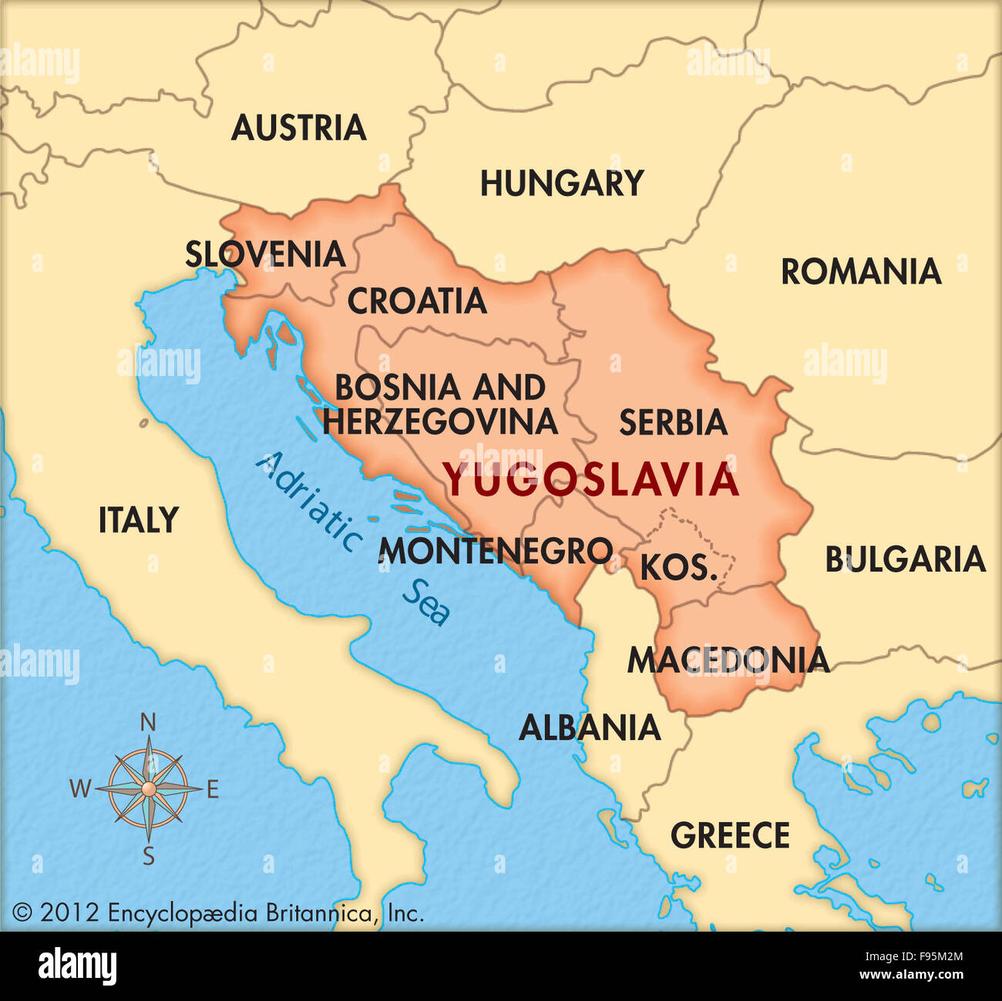
Economic factors worsened with IMF-imposed austerity policies. Shock therapy reforms began in January 1990, mandating wage freezes while prices rose sharply. Real wages fell by 41% in six months, diminishing living standards. The IMF controlled Yugoslavia’s central bank, enforcing tight monetary policy that restricted government spending. Federal revenues were redirected to service Belgrade’s international debts instead of supporting republics. This cut financial ties between the central government and republics, fueling secessionist movements.
The IMF-induced budget crisis broke the federal fiscal network. Without financial transfers, republics struggled independently. This pushed wealthier republics like Slovenia and Croatia to formally secede by mid-1991, accelerating the federation’s fragmentation. The economic collapse intertwined with ethnic and political divisions, sealing the federation’s fate.

| Cause | Description |
|---|---|
| Ethnic Tensions | Existing but minor before elites amplified and inflamed them. |
| Weakening Institutions | Loss of socialist ideology, decline of party and Tito’s leadership. |
| Economic Disparities | Large gaps in wealth and contributions between republics. |
| Political Power Struggles | Milosevic’s consolidation and suppression in Kosovo and Serbia. |
| External Influences | Collapse of communism and history of foreign control. |
| IMF Austerity | Shock therapy, wage freezes, tight monetary policy, fiscal collapse. |
These factors combined created a complex and fragile situation. The dissolution was not caused by any single element but by the interaction of ethnic, political, economic, and global forces.
- Ethnic tensions existed but were exploited to deepen divides during conflict.
- Nationalist elites filled the leadership void left by Tito and socialism’s decline.
- Economic inequalities created resentment across republics.
- Milosevic’s political tactics centralized power in Serbia, alienating others.
- Global shifts away from communism undermined the federation’s ideology.
- IMF austerity policies fractured the federal economic framework.
What Were the Main Causes of the Breakup of Yugoslavia?
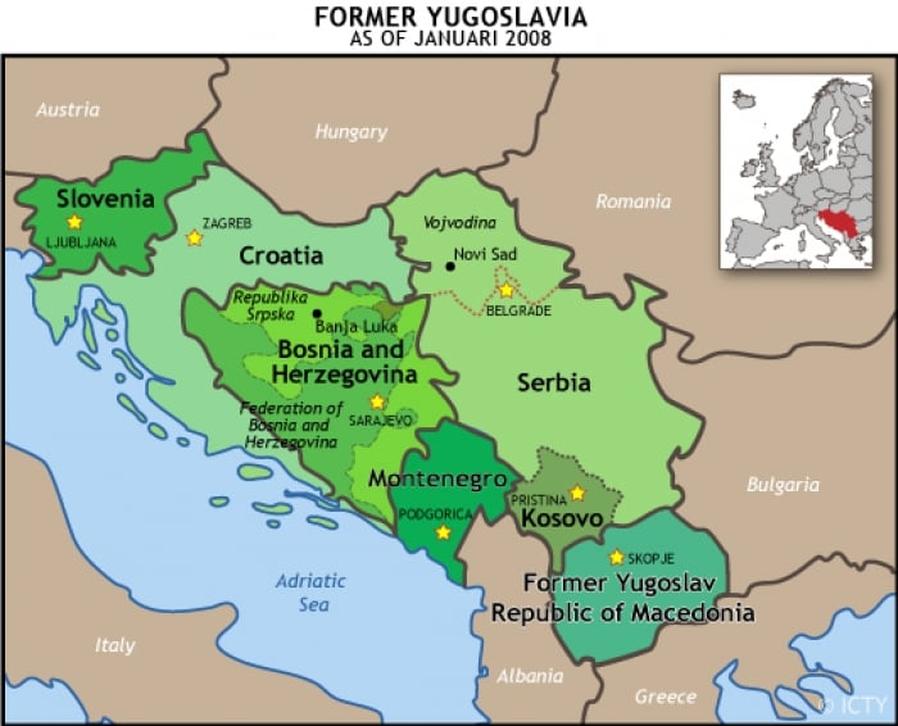
The breakup of Yugoslavia wasn’t a simple story of ancient ethnic hatreds finally exploding. Instead, it was a complex mix of failing institutions, harsh economic realities, and shrewd political moves that unraveled a country once held together by a delicate balance. Let’s dive into what really caused this dramatic split and why it wasn’t just about ethnic tensions.
Most people jump to blame ethnic conflicts for the breakup. But the truth? Ethnic tensions did exist before Yugoslavia’s collapse, but they were less like ticking time bombs and more like simmering embers. These embers only flared into flames once local elites and political leaders used them as tools for their own gain.
The notion that ethnic differences *caused* the war is backwards. Instead, the war is what cemented those divides as “irrefutable.” In other words, people didn’t start out as enemies; the war created those hardened ethnic identities and grievances. Take a moment and reconsider how often conflicts are painted as inevitable because of ancient feuds. Here, too, history proves messy.
Behind the scenes, Yugoslavia relied heavily on Tito and his brand of socialism to stay glued together. The ideology championed brotherhood, unity, and self-management. Alongside that, the Communist Party and a loyal army acted as the glue holding everything together.
When Tito died and socialism started to fade globally, so did the pillars that held Yugoslavia together. By the ’80s, the Communist Party was losing influence, ideology seemed outdated, and the army found itself protecting a crumbling state. The federal system grew more confederal over time, allowing republics to act almost like independent countries. This loosening grip spelled trouble.
Economic disparities played their part too. Slovenia, a mere 8% of the population, was responsible for nearly 30% of Yugoslavia’s exports. Meanwhile, Kosovo and Macedonia, which had similar population shares, barely contributed 4% and 1%. This imbalance created resentment. When Slobodan Milosevic froze half of the federation’s funds to reward workers in Serbia, Slovenia had enough. They soon pulled out of the federal fiscal system and declared independence.
Speaking of Milosevic, this guy was a major player in the unspooling drama. He rose to power by capitalizing on responses of political inertia and fear. Many politicians simply hoped someone else would handle the growing chaos, but Milosevic seized the reins ruthlessly, tightening his grip on Serbia.
His tactics often backfired on the bigger picture, but they worked for keeping him in power. Milosevic’s power plays turned the Kosovo region into a hotbed of violence after shutting down its assembly and handing control to Belgrade. The political scene became a tug-of-war, accelerating the fraying of the federation.
Meanwhile, global winds were changing. The world saw Poland’s Solidarity movement rising, and the USSR under Gorbachev embraced reforms like perestroika and glasnost. The Cold War’s ideological battles were waning, and democracy and freedom ideas buzzed in the air. Socialist Yugoslavia couldn’t ignore these currents.
Also, let’s not forget the historical context. This region had endured centuries of invasions by various empires — Ottoman Turks, Austrians, Italians, Russians, and others. Each wave of foreign influence left scars and, over time, added layers to ethnic and nationalist wounds. Some historians argue that the meddling and exploitation by foreign powers over centuries escalated the likelihood of chaos when Yugoslavia’s federal system crumbled.
Economics wasn’t just about who produced what. The International Monetary Fund (IMF) played a critical role too. Starting January 1990, austerity measures—think frozen wages amid soaring prices—hit the country hard. Real wages plummeted by 41% in half a year. The IMF’s strict control of the central bank strangled the federal government’s ability to fund programs, while revenue went mostly to servicing Belgrade’s foreign debt.
This budget squeeze weakened the federation’s fiscal system, breaking financial connections that held the republics together. Sudden austerity didn’t just hurt pockets; it created a political and economic vacuum, making republics more likely to seek independence. By mid-1991, Croatia and Slovenia declared their break from Yugoslavia, spurred partly by this economic coup de grâce.
So, What Can We Take Away from This Yugoslav Puzzle?
- Ethnic tensions were a part of the story but hardly the spark. These tensions were magnified by war and political manipulation, not the root cause.
- The weakening of political cohesion mattered a lot. Tito’s death and the collapse of socialist ideology left Yugoslavia like a ship without a captain or rudder.
- Economic inequalities sowed deep dissent. Wealthy Slovenia versus poorer provinces sparked frustration and fed separatist ambitions.
- Political maneuvers, especially by Milosevic, drove conflict. His consolidation of power neglected unity in favor of control.
- External global transformations influenced internal shifts. The erosion of communist ideology, combined with historical foreign interference, destabilized the region.
- IMF-enforced austerity critically undermined federal unity. Economic collapse sped up the political disintegration and independence declarations.
Understanding these factors helps us see Yugoslavia’s collapse from angles beyond the surface of ethnic conflicts. It’s a case of how failing institutions, tough economics, nationalist ambitions, and external pressures combined in a perfect storm.
So next time you hear someone blame “ancient ethnic hatred” for Yugoslavia’s breakup, you can confidently say: “Not so fast! It’s a lot more complicated – and a lot more human.”
After all, history rarely follows a neat script.
What role did ethnic tensions play in the breakup of Yugoslavia?
Ethnic tensions existed but were not the main cause. These tensions were later exploited by political leaders during the conflict. The war itself deepened and made differences more apparent.
How did the weakening of Yugoslavia’s institutions contribute to its collapse?
The ideology, party, army, and Tito held Yugoslavia together. Over time, these pillars weakened, especially in the 1980s. Without strong institutions, the state struggled to maintain unity.
Why were economic disparities significant in causing Yugoslavia’s breakup?
Wealth was unevenly distributed. Slovenia contributed a large share of exports but received less in return. This led to resentment and the desire for independence, as seen in Slovenia’s 1991 secession.
How did political power struggles influence the dissolution of Yugoslavia?
Slobodan Milosevic consolidated power by controlling regions like Kosovo and leveraging Serbian nationalism. His actions intensified conflicts and weakened federal unity, making breakup more likely.
What impact did international factors and IMF policies have on Yugoslavia’s breakup?
Global political changes challenged Yugoslavia’s ideology. IMF austerity froze wages and cut federal funds, worsening the economy. These pressures reduced cooperation between republics and pushed them toward secession.
